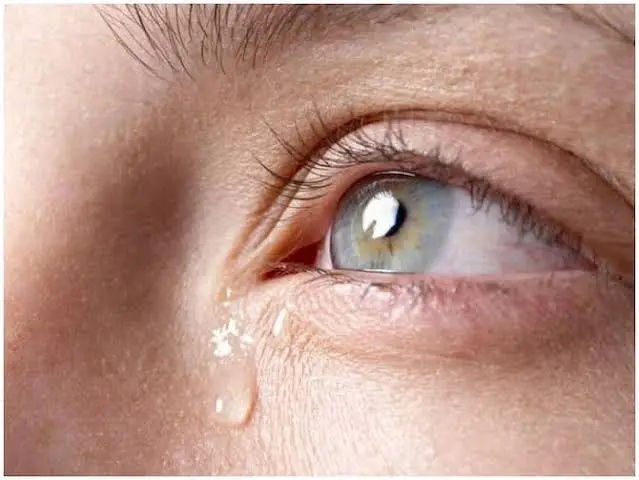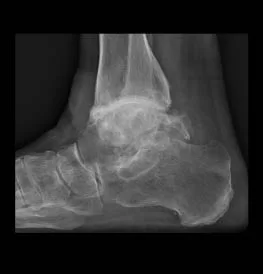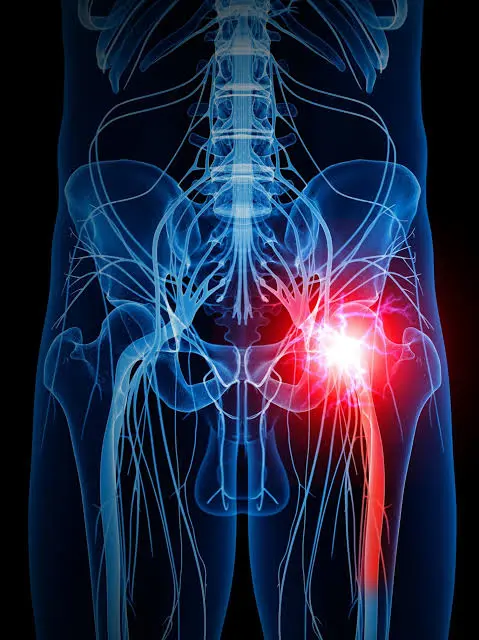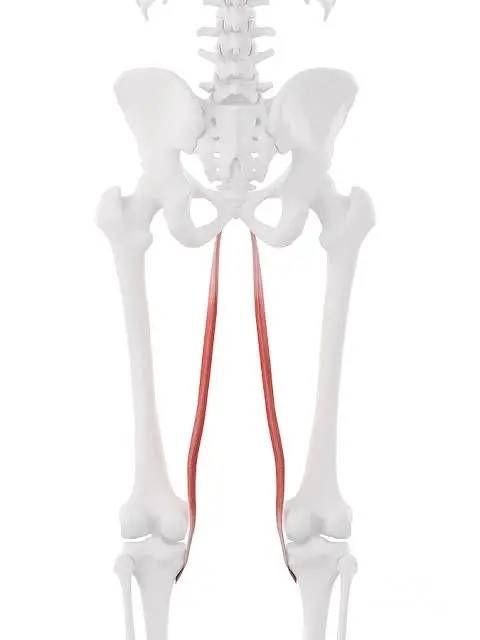Home Treatment For Watery Eyes
Table of Contents
What is a Watery Eyes (Epiphora)?
A condition known as “watery eye” is characterized by uncontrollably flowing tears over one’s face. Either excessive tear production or insufficient tear film drainage from the eyes can result in watery eyes.
Tears are required to maintain the health and clarity of the eye’s front surface, but too many tears can impair vision. Although it can occur at any age, people over 60 and infants under the age of one are more likely to experience watery eyes. Both of them or one eye is affected. On the other hand, the condition is treatable.
Tears typically lubricate and shield your eyes. Epiphora occurs when something makes you cry excessively or prevents your tears from evaporating as they should.
There are numerous causes of epiphora, most of which don’t require medical attention. It might be a transient ailment, but it might also indicate a major eye infection or a blockage in your tear ducts. If you’re having problems seeing or if your eyes are watering all the time, see your doctor.
Physiology and Anatomy of the Lacrimal System
Tear production is the function of the conjunctival epithelium, the auxiliary lacrimal glands, and the primary lacrimal gland. The precorneal tear film is created by blinking, which distributes tears throughout the surface of the eye. Tears are assisted in crossing the ocular surface and towards the lacrimal drainage system with each contraction of the orbicularis oculi muscle.
The basal rate of tear secretion should ideally match the rate of tear evaporation and drainage. Reflexive tear secretion can enhance basal tear production up to 100 times faster than its average rate of 1.2 µl/min. Tears enter the puncta at a rate of 0.6 µl/min; 10 percent drain into the nasal floor and 90% are reabsorbed through the mucosa of the nasolacrimal duct.
Tear evaporation from the ocular surface varies, although it should ideally be approximately equal to the difference between drainage and basal secretion. Only 8 µl of tears can be held by the ocular surface at any given moment, including the lacrimal lakes in the conjunctival fornices, the marginal tear strip, and the precorneal tear film.
Causes
Intense agony
Stale eyes
Swollen eyelids
REDDING
Injuries
Sensitivity to light
Ectropion
an outward-turning eyelid condition The condition known as entropion causes the eyelid to turn inward.
Something foreign in the eye
Allergic rhinitis
High fever Eyelash ingrowth
Trichiasis
Epiphora
Trichiasis
Eyelash ingrowth
Closed tear ducts
Some people’s tear ducts are underdeveloped from birth. Watery eyes in new-borns are common, but they normally go away in a few weeks as the ducts grow.
Blocked tear ducts can affect one or both of the eyes in older children and adults. They can also cause additional symptoms like redness in the eyes, swelling, crusting of the eyelids, and impaired vision.
Sometimes exposure to wind or cold weather makes these symptoms worse
When it comes to adults and older children, clogged or very narrow ducts are the most typical cause of moist eyes. The development of narrowed tear ducts is typically caused by inflammation or edoema.
Tears will not flow out of the eye and will instead accumulate in the tear sac if the tear ducts are constricted or obstructed. The danger of infection is increased by stagnant tears in the tear sac, and the condition will worsen due to the production of a sticky substance by the eye. Inflammation on the side of the nose, adjacent to the eye, can also result from infection.
The tiny drainage canals on the inside of the eyes, known as canaliculi, can clog. This results from scarring or edoema.
An excessive amount of tears
Tear production may be elevated in irritated eyes as the body attempts to flush out the irritating agent.
One or both eyes may produce excessive amounts of tears due to the following irritations
Keratitis
Corneal inflammation known as keratitis
Conjunctivitis
Pink eye
Stye
A red, uncomfortable lump close to the edge of your eyelid is called a stye.
Sneezing, runny nose, and itchy eyes are additional symptoms that indicate allergies are to blame for watery eyes.
A condition or problem affecting your eyes or tear system is typically indicated by watery eyes. The following are a few of the most typical causes of epiphora:
Triggers
Phalaritis
Obstructive nasolacrimal duct obstruction in the tear ducts
Epiphora can also result from eye injuries, such as:
Corneal abrasions, also known as scratches
Depending on the exact reason, symptoms such as inflammation, redness, itching, impaired vision, pain, and increased sensitivity to light may coexist with excessive tear production brought on by irritation.
Additionally, some people’s tears contain a significant lipid or fat content. This might prevent the liquid from spreading evenly throughout the eye, creating dry patches that become inflamed and painful, which would encourage the eye to produce more tears.
Yawning, laughing, or vomiting can also momentarily boost tear production, as can exposure to smoke, wind, or cold weather
Type
- Gustatory Epiphora
- Abnormal nerve regeneration-related gustatory epiphora, sometimes known as “crocodile tears”
- Reflex Epiphora:
- A reaction in which the surface of the eyes becomes inflamed or stimulated.
- Obstructive Epiphora
- Punctual, canaliculi, lacrimal sac, or lacrimal duct occlusion cause obstructive epiphora
- Hypersectetory Epiphora
- Excessive tear production is known as hyper secretory epiphora. It’s really uncommon.
Symptoms
The most obvious way that epiphora will affect you is if you have watery eyes. Unilateral epiphora is another term for having one watery eye. Bilateral epiphora is the condition when there is simultaneous watering of both eyes.
Depending on the cause of the epiphora, you may also encounter additional problems in or around your eyes, such as:
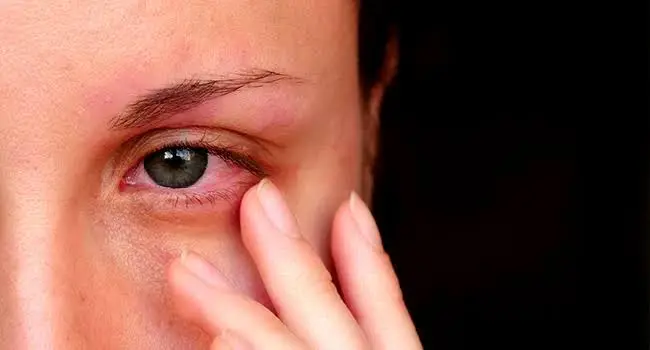
Eye discomfort
Itchy skin
Bloodshot eyes
Blurry or foggy vision
Headaches from the sinuses
Intense agony
Stale eyes
Swollen eyelids
REDDING
Injuries
Sensitivity to light
Sneezing, runny nose, and itchy eyes are additional symptoms that indicate allergies are to blame for watery eyes.
Diagnosis
Epiphora is diagnosed by an eye exam conducted by your healthcare provider or an eye care specialist. To observe how your eyes drain, they may apply coloured eye drops. In a matter of minutes, your tears will typically remove the dye and droplets from your eye. Should they fail to do so, you may have a clogged tear duct. A few imaging tests, such as the following, may be necessary:
X-ray.
CT scan.
If your provider believes that your epiphora is being caused by a problem with your tear ducts or sinuses, they may use an endoscope, which is a long, flexible tube with a light in one end, to look into the nasal cavity.
Treatment
Modifications And Home Treatment For Watery Eyes
Modifications
Modifications in lifestyle to help lessen watery eyes
Although modifying your lifestyle won’t stop all of your tears, they can frequently help ease the discomfort of itchy, watery eyes.
Cut down on screen time
Long-term use of digital screens causes us to blink less frequently, which reduces the amount of tears that are distributed throughout our eyes and can cause dry, watery eyes. Twelve Digital screens blue light can also aggravate dry eyes and fatigue the eyes.
Maintain proper hygiene
Make sure you always use clean towels, remove your makeup before bed, clean and replace your contact lenses as directed, and wash your hands with soap and water before touching your eyes.
Modify your surroundings
When spending time in an air-conditioned space, you might want to think about adding some moisture to the air with a humidifier. If dry eyes are the underlying cause, this may be beneficial.
Keep your contact lenses off
If you wear contact lenses, think about taking a break from them and using glasses to give your eyes a chance to heal. Certain kinds of lenses have the ability to absorb part of the tears and form a barrier that keeps oxygen from getting to the cornea, which can cause inflammation and irritation.
Home Treatment For Watery Eyes
You should see a doctor if you have watery eyes so that you can receive the appropriate care, but in the interim, you can make yourself more comfortable at home by doing the following:
With a heated compress
After soaking a fresh towel or washcloth in warm water, wring it out until it’s damp. After it cools down, gently place it over your closed eyes for five to ten minutes. If necessary, you can repeat this several times each day.
Using eye drops
Lubricate the eyes (available online or over-the-counter) – using a warm, damp towel to stroke the affected eyelid in order to release any obstructions
Apply a cold compress
Cold compresses, like hot compresses, are not a perfect remedy for ocular infections. They can, however, lessen the pain brought on by specific eye conditions. Compresses with cold water can help minimize swelling in cases of eye infections and injuries.
Salted water
One of the best natural treatments for ocular infections is saline solution, sometimes known as saltwater. Saline solution is comparable to tears, which are the eye’s natural means of cleansing. Additionally, salt has antimicrobial qualities. It makes sense that saline would be an effective treatment for eye infections.
Tea Bags
Closing your eyes and applying cold tea bags to them can help you de-stress. Some claim that it’s a good at-home remedy for eye infections.
Coconut oil
If you believe you have some foreign objects lodged in your eyes, do not rub them as this could hurt your eyes.
For calming eye relief, try rubbing coconut oil all around your eyes.
Honey
According to some studies, using honey eye drops to treat eye infections has positive effects.
Medical treatment
Medication
If an infection or allergy is the cause of your watery eyes, you will need to take medication to treat the condition. Your doctor may recommend prescription eye drops or artificial tears if you suffer from a condition like dry eye syndrome.
Removal of foreign objects
Your provider will remove any foreign objects from your eyes Opening blocked tear ducts: Your provider will open any blocked tear ducts you may have.
To remove the blockage
They can flush them with a saline solution. If necessary, they can manually open your tear ducts with a probe. You may require surgery to open your tear ducts if your doctor is unable to clear the obstruction or damage with saline or a probe.
Repairing your eyes or eyelids
Your provider will make the necessary repairs if epiphora is being caused by the physical form of your eyes or eyelids. To fix some problems, surgery might be required.
Summary
The medical word for wet eyes is epiphora. Tears typically lubricate and shield your eyes. When something stops your tears from falling out of your eyes the way they should or makes you cry more than you should, you experience epiphora.
There are numerous causes of epiphora, most of which don’t require medical attention. It might be a transient ailment, but it might also indicate a major eye infection or a blockage in your tear ducts. If you’re having problems seeing or if your eyes are watering all the time, see your doctor.
FAQs
By soaking a washcloth in warm water, you can also create your own homemade warm compress. For five to ten minutes, apply the warm compress to your eyelids.
Obstruction of nasolacrimal duct.
Many patients get transient epiphora that goes away on its own without any medical intervention
Oversecretion of tears, as in the case of allergies or keratoconjunctivitis, can result in bilateral epiphora.
References
- Bsn, R. Z., RN. (2023, October 2). What are watery eyes? Verywell Health. https://www.verywellhealth.com/watery-eyes-5095220
- Centre For Sight. (2023, April 17). Watery Eyes: Causes, Treatments, and Remedies – Centre For Sight. Centre for Sight.
- McIntosh, J. (2023, October 9). Why do my eyes keep watering, and how to treat excessive eye-watering?
- Levy, K. (2023, August 8). Watery Eyes | Causes, symptoms & treatment | OcuWellness. OcuWellness by Santen. https://www.ocuwellness.co.uk/causes-and-treatment-of-watery-eyes/
- Professional, C. C. M. (n.d.-b). Epiphora (Watery eyes). Cleveland Clinic. https://my.clevelandclinic.org/health/diseases/17944-epiphora-watery-eyes
- Hospitals, M. (n.d.). Watery Eyes: Symptoms, Types, Symptoms, Causes, diagnosis, treatment | Medicover. Best Hospitals in India | Medicover Hospitals. https://www.medicoverhospitals.in/symptoms/watery-eyes
- Watery eyes. (2022, June 11). Mayo Clinic. https://www.mayoclinic.org/symptoms/watery-eyes/basics/causes/sym-20050821

